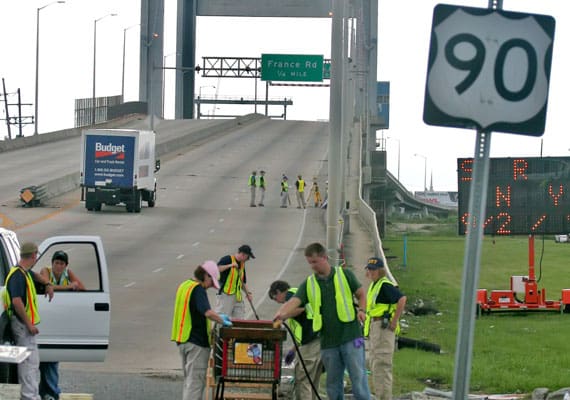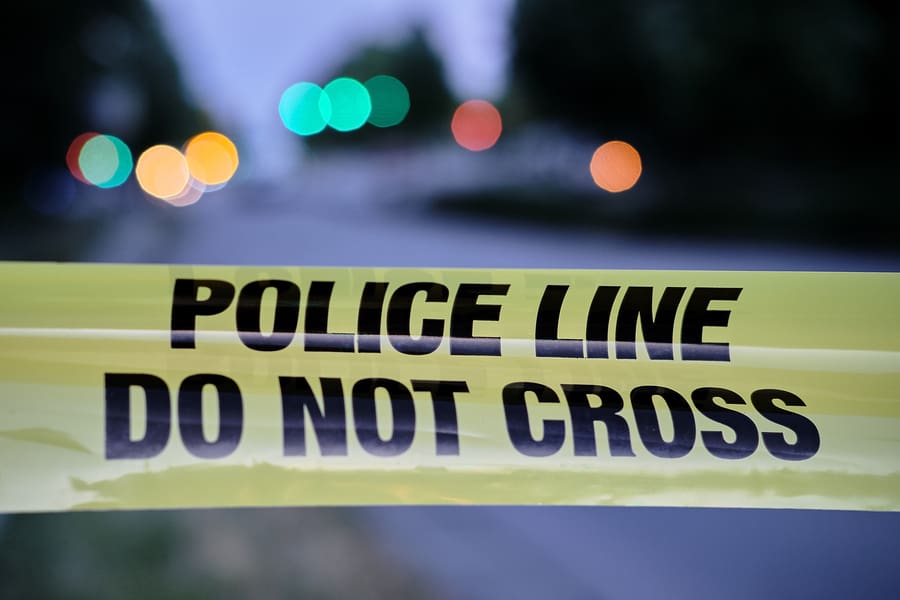Henry and I were schmoozing on the way back from the range. We’d just fired a few hundred rounds through Steven’s 1903s, and then a hundred or so more through my Glock 19. I was a crack shot with the Colts. Henry was spot-on with the Glock. We were talking about how some guns suit some people, while others suit others. The conversation drifted towards politics. I told Henry about the gun-a-month legislation that stumbled and tripped in Massachusetts. I acknowledged voters’ desire to “do something” about gun crime, and argued that the new rule might have “saved” half a dozen people per year. At most. In theory. In practice, criminals would have no less access to illegal guns than before the bill. But even if the law “save just one life” why bother? Compared to swimming pool drownings or auto-related fatalities, it’s nothing. The amount of “straw purchase”-related gun deaths could be rounded down to zero.
“It’s not about logic or numbers,” Henry opined. “It’s about making people feel good. People want to believe that they value each and every human life. They want other people to believe they believe it. And they elect politicians who help them maintain that belief.”
Ah, but do they really value human life so highly? The thing is, once you peel back the thin outer layer of civility that characterizes American society, you find the same human condition that you’ll find anywhere else in this endlessly dangerous world. A world where life is cheap.
Residents of Louisiana made this realization in the aftermath of hurricane Katrina. A single, sudden, cataclysmic event rendered society’s armed guardians impotent. With the thin blue line washed away, life was suddenly reduced to its basics: water, food, shelter and safety.
Although the media painted the ensuing conflict as “looters” against “law abiding citizens,” it was, at its core, a struggle for survival. A competition that grew more serious with each passing day.
President Bush took a lot of heat for the feds’ slow response to Katrina. In fact, Uncle Sam’s supplies and firepower arrived well before Louisiana descended into Mad Max mayhem. At the time, the people at the sharp end didn’t know when, where or how the cavalry was going to arrive. Within days, social de-evolution had begun.
Nowhere was this more true than in The Big Easy.
At the best of times, New Orleans lacks a foundation of civic virtue. Less metaphorically, it’s a city riddled with crime and corruption. A city where both the haves and the have-nots understand that the social contract is patently unfair. However instinctively, they realize that the rule of law (such as it is) depends entirely on police enforcement.
So when Katrina’s wrath destroyed New Orleans’ infrastructure, the city’s residents knew that the balance of power had been de-stabilized. The rules of the game were changing, even as the stakes were raised to life-and-death. All bets were off.
The police knew this as well— no better, than anyone. They were prepared, and not just in terms of weaponry and training. The lurch towards social chaos suited their culture to a T. To cope with looming anarchy, all they had to do was what they did anyway: take care of their own and ruthlessly project their power. Suppressing all who opposed their rule.
The result was entirely predictable: force. And lots of it. Naked displays of power and domination—unchecked by the rule of law. The massacre at Danzinger Bridge, where the New Orleans police shot six unarmed civilians, is only the most prominent example of what went down in the post-Katrina environment. Henry Glover‘s murder and subsequent incineration by the New Orleans Police is less “celebrated”, but equally illustrative.
What you don’t hear about: the thousands of non-lethal interactions between the police and the populace. The cops bullied and browbeat innocent civilians into submission. I’m not saying that all of the cops acted like rabid alpha dogs. But many did. And their actions taught the city a lesson it will never forget: he who has the guns makes the rules. As if they didn’t know that already . . .
Outside of Louisiana, millions of gun-owning observers came to a similar conclusion. The events in Sportsman’s Paradise confirmed their suspicion that their firearms would- be the difference between life and death in a post-apocalyptic scenario. That all the rules and regulations that govern society are nothing more than a luxury—deep-sixed during a disaster. That life is cheap.
And it’s true. Which is why the great New Orleans gun grab will someday be seen as the turning point in America’s “gun debate.” Sure, the massacre at Luby’s diner jump-started the “what’s with all this gun control?” discussion. But it was the government’s decision to disarm the post-Katrina populace, to leave them defenseless against the police, military and “looters” (both actual and potential), that sealed the deal.
The press has yet to cotton-on to the fact that saving a few lives here or there is no longer the locus of the gun control issue. Thanks to Luby’s, 911, Katrina and local crime reporting, more and more Americans understand that when shit happens, and it does, life is cheap. Taking care of your own becomes the only “value” that’s worth a damn.
For many if not most, the illusory rock has been lifted, revealing the frenetic fight for survival beneath. While we may argue about which method or means of self-preservation suits us best, the need to have a plan to protect those we love is, increasingly, beyond doubt. At the risk of providing fresh fodder for left-leaning commentators who see the Tea Party as domestic terrorists, woe betide any government that stands between a man and his family.
Firearm Release Form Directions/FAQ
- This form only applies to firearms that came into the custody of the New Orleans Department during the period of Hurricane Katrina from August 29, 2005 to December 31, 2005.
- There is no guarantee that we have your firearm!
- IT ONLY APPLIES TO FIREARMS THAT WERE LAWFULLY POSSESSED.
- IF IT CAME INTO CUSTODY AS THE RESULT OF AN ARREST OR MUNICIPAL CITATION, OR IF IT IS EVIDENCE, THE FIREARM REQUIRES A COURT ORDER BEFORE IT MAY BE RELEASED.
- The form must be submitted with all fields completed in order to identify the proper firearm.
- IF UNKNOWN OR NOT APPLICABLE, LEAVE THE FIELD BLANK.
- The Form should be submitted in person to the New Orleans Police Department.
- The Claimant is the firearm owner and the person who fills out the form.
- Once NOPD receives the completed form which sets forth the specific identifying characteristics, a search for the firearm will be conducted.
- If the search is successful, the Claimant will be asked to personally examine and verify ownership.
- Only the Claimant may come in and inspect the firearm.
- Proper identification, such as a driver’s license or state ID, will be required at the inspection.
- The Claimant’s name will be run through a background check to determine if the Claimant is legally able to possess a firearm.
- If it is determined that a particular firearm is in fact Claimant’s, the Claimant will be required to sign the Affidavit part at the bottom of the form at the Evidence Room.
- The Claimant will also be required to complete a Release and Hold Harmless Agreement, agreeing to indemnify the City should a dispute arise as to the ownership of a firearm returned under these procedures.
- This Release and Hold Harmless form must be signed in front of a Notary Public.
- Once this release is returned by the Claimant to the Evidence Room, the firearm will be released to the Claimant.
- Children should not be brought to the Evidence Room.
If there are any questions, please contact Sgt Robert Blanchard at (504) 658-5550.
Note: This is only for lawfully possessed firearms for the applicable period, and does not apply to any firearm that is being held as evidence in a case or investigation.





During the Hurricane Ike evac here in (my Houston suburb), I made sure to always have something ready and within arms reach. I was one of the first one's back to the neighborhood (other than those who chose to ride it out). We didn't have any "problems", but I saw an awful lot of unfamiliar cars driving very slowly through the area. Some were flood tourist, just out to see the damage. I did some of that myself. Others were shady roof repair men, looking to con people out of money. And others? Without power, phones, or water, many houses were still empty. I stared down several cars that just didn't look right.
The Po-po would have had a fight if they tried to take my gun at that point.
Comments are closed.